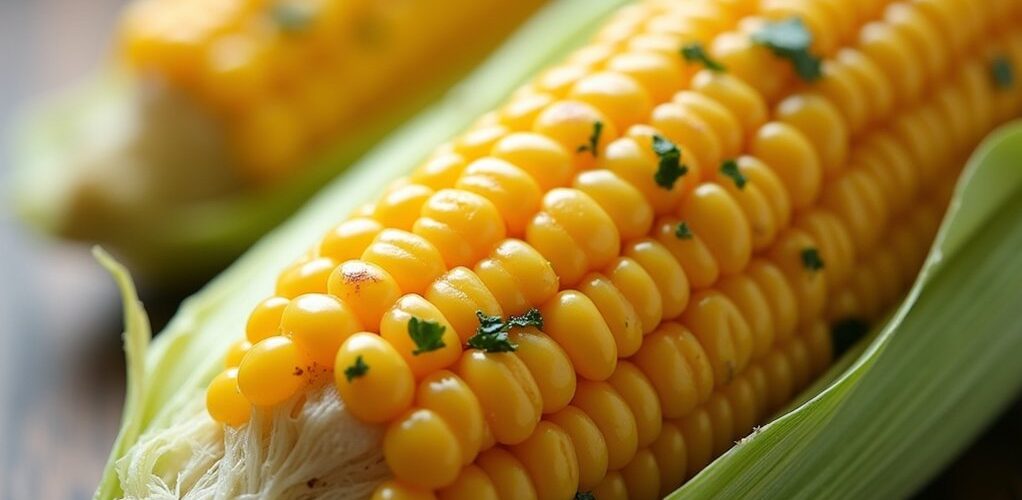
Corn can be included in a low-carb diet with careful portion control and tracking. While whole corn contains significant carbohydrates at 27 grams per cup, air-popped popcorn offers a lower-carb alternative with only 5 grams of net carbs per cup. Success depends on measuring portions, choosing appropriate preparation methods, and balancing corn consumption with other low-carb foods. Those seeking to maintain ketosis should be particularly mindful of their daily carb limits. Understanding smart portion strategies and alternatives can help integrate corn effectively.
Key Takeaways
- Corn is high in carbs with 25-27 grams per cup, making it challenging to include regularly in low-carb diets.
- Air-popped popcorn is a better low-carb option with only 5-6 grams of net carbs per cup.
- Portion control is essential; limit corn to small amounts as a garnish rather than a main dish.
- Consider lower-carb alternatives like cauliflower rice or zucchini noodles, which contain 5 or fewer carbs per serving.
- Track portions carefully and pair corn with high-fat foods to maintain ketosis if following a ketogenic diet.
Understanding Corn's Carbohydrate Content
Corn's position in a low carb diet requires careful consideration due to its considerable carbohydrate content. As a starchy vegetable, corn contains remarkably higher levels of carbohydrates compared to non-starchy alternatives, with one medium ear providing approximately 25 grams of carbs.
Different forms of corn vary in their carb content and food suitability for those following a low carb diet. Sweet corn delivers about 17 grams of net carbs per cooked cup, while air-popped popcorn offers a lower-carb option at 6 grams per cup.
The preparation method can greatly influence the total carb content, making some forms more compatible with carbohydrate-restricted eating plans than others. Understanding these variations is essential for individuals monitoring their carbohydrate intake while trying to incorporate corn into their dietary choices.
The Truth About Popcorn on a Low-Carb Diet
While many dieters assume all forms of corn are off-limits on a low-carb eating plan, popcorn emerges as a surprisingly viable snack option due to its relatively modest carbohydrate content. As a whole grain containing just 5 grams of net carbs per cup when air-popped, popcorn can fit comfortably into a low carb diet when consumed in moderation. The key to maintaining popcorn's keto-friendly status lies in choosing appropriate toppings and controlling portion sizes. Butter and salt are acceptable additions, while sugary toppings should be avoided. For enhanced nutritional benefits and digestive health, this fiber-rich healthy snack can be complemented with nuts or seasoned with savory spices, making it a satisfying alternative to processed snacks while supporting low-carb dietary goals. While popcorn can fit into a low-carb diet, it is essential to monitor ketone levels to ensure the body remains in a state of ketosis for effective fat burning.
Smart Portion Control Strategies for Corn
Successfully managing corn consumption on a low-carb diet requires strategic portion control and careful measurement. Understanding that a full cup of corn contains 27 grams of carbohydrates, individuals should limit servings of corn to no more than half a cup to maintain appropriate carb intake levels.
To effectively incorporate corn while staying within dietary guidelines, measuring portions and reading nutrition labels are essential practices.
Balancing corn consumption with high-fat foods like avocados or cheese can help create satisfying meals while managing carbohydrates. For ideal meal balance, use corn as an occasional garnish rather than a main component, and focus on non-starchy vegetables as the foundation of meals.
This approach allows for the enjoyment of corn's flavor while maintaining the principles of a low-carb diet.
Healthier Low-Carb Alternatives to Corn
Nutrition-conscious individuals following a low-carb diet have numerous satisfying alternatives to corn that can help maintain their dietary goals. For those seeking to reduce carbohydrates while maintaining a healthy diet, vegetables like cauliflower and zucchini offer versatile options with higher fiber content and fewer carbs. These nutrient-dense vegetables support health and ketosis by providing essential vitamins and antioxidants.
| Alternative | Carb Content | Best Used As |
|---|---|---|
| Cauliflower Rice | 5g/cup | Side Dish |
| Zucchini Noodles | 3g/cup | Pasta Sub |
| Shirataki Noodles | 0g/serving | Noodle Base |
| Fresh Spinach | 1g/cup | Salad Base |
| Celery Sticks | 1g/stalk | Snacks |
These alternatives provide similar textures and satisfying elements while supporting low-carb dietary goals. Shirataki noodles and spiralized zucchini offer excellent pasta alternatives, while cauliflower can be transformed into rice-like dishes that complement any meal.
Tips for Including Corn Without Breaking Your Carb Budget
For individuals following a low-carb diet, incorporating corn into meals requires strategic planning and careful portion control to maintain carbohydrate goals. Success lies in understanding that one cup of corn contains 27 grams of carbs, making portion sizes essential for staying within carb limits. To effectively include corn while maintaining a low carb diet, use it as a garnish rather than a main component, and opt for fresh or grilled preparations over processed varieties. Pairing corn with high-fiber foods and non-starchy vegetables helps balance meals and minimize carb impact. Utilizing food tracking apps guarantees accurate monitoring of carb intake throughout the day. It's important to note that ketosis occurs when the body shifts from burning sugar to fat, producing ketone bodies as an alternative fuel source.
Frequently Asked Questions
Is Pop Corn Low Carb?
Air-popped popcorn can be a moderate low carb snack when portion control is maintained. With 5 net carbs per cup and fiber content, it offers nutritional value for those managing snack cravings within dietary restrictions.
Is Corn Ok for a Low-Carb Diet?
Corn varieties generally contain high carbohydrates, making them challenging for low-carb diets. While offering fiber content and health benefits, better low-carb alternatives exist. If consumed, corn should be strictly limited in moderation.
Can You Drink Diet Pop on a Low-Carb Diet?
Diet soda is compatible with low-carb diets due to zero carb counts and caloric intake. Sugar alternatives make these beverage choices suitable, though monitoring ingredient labels and considering health implications remains important.
What's the Worst Carb for Belly Fat?
Added sugars and refined grains rank as the worst carbs for belly fat, particularly when combined with processed foods. Their low fiber content and high sugar impact negatively affect metabolic rate and fat storage.
Conclusion
While corn and popcorn can be included in a low-carb diet, careful portion control is essential due to their moderate carbohydrate content. Those following strict ketogenic diets may need to avoid corn entirely, while those on more moderate low-carb plans can enjoy small servings occasionally. By measuring portions, tracking daily carb intake, and balancing corn consumption with lower-carb alternatives, individuals can maintain their dietary goals while still enjoying this versatile grain in moderation.

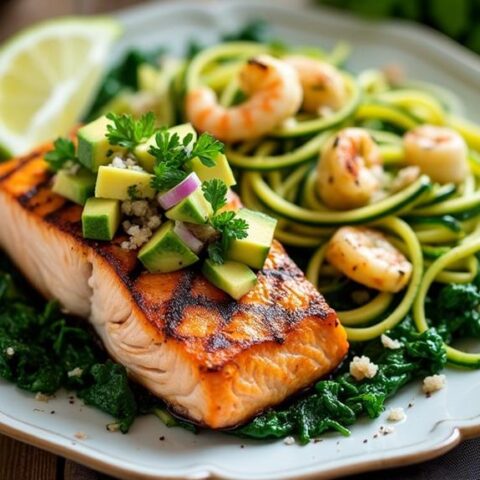
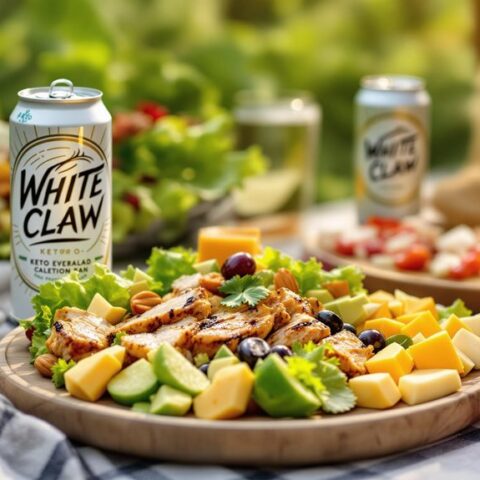
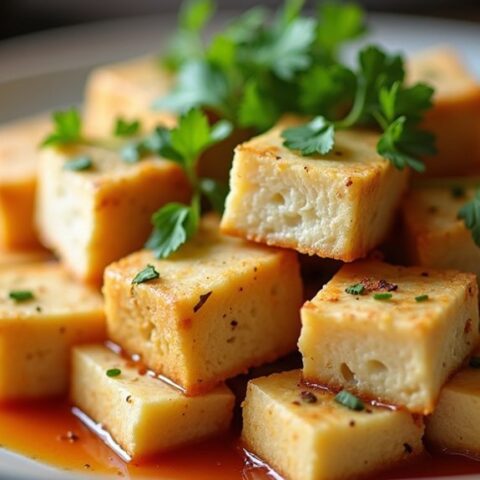
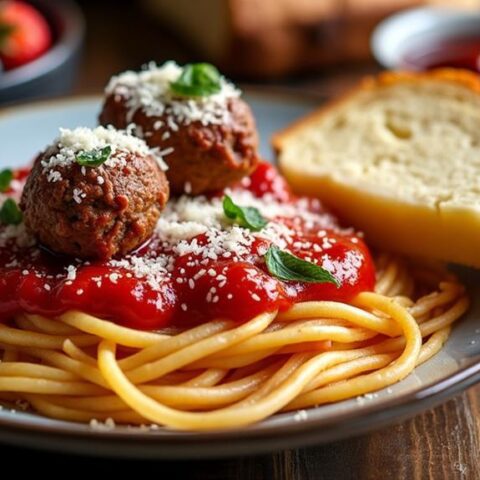
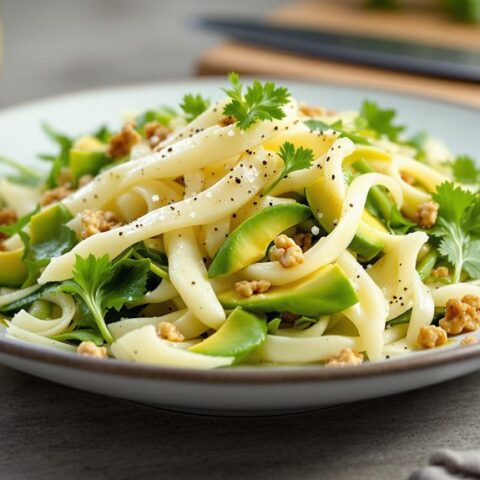
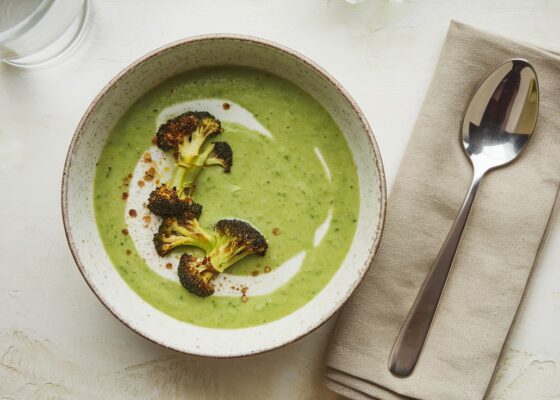



No Comments